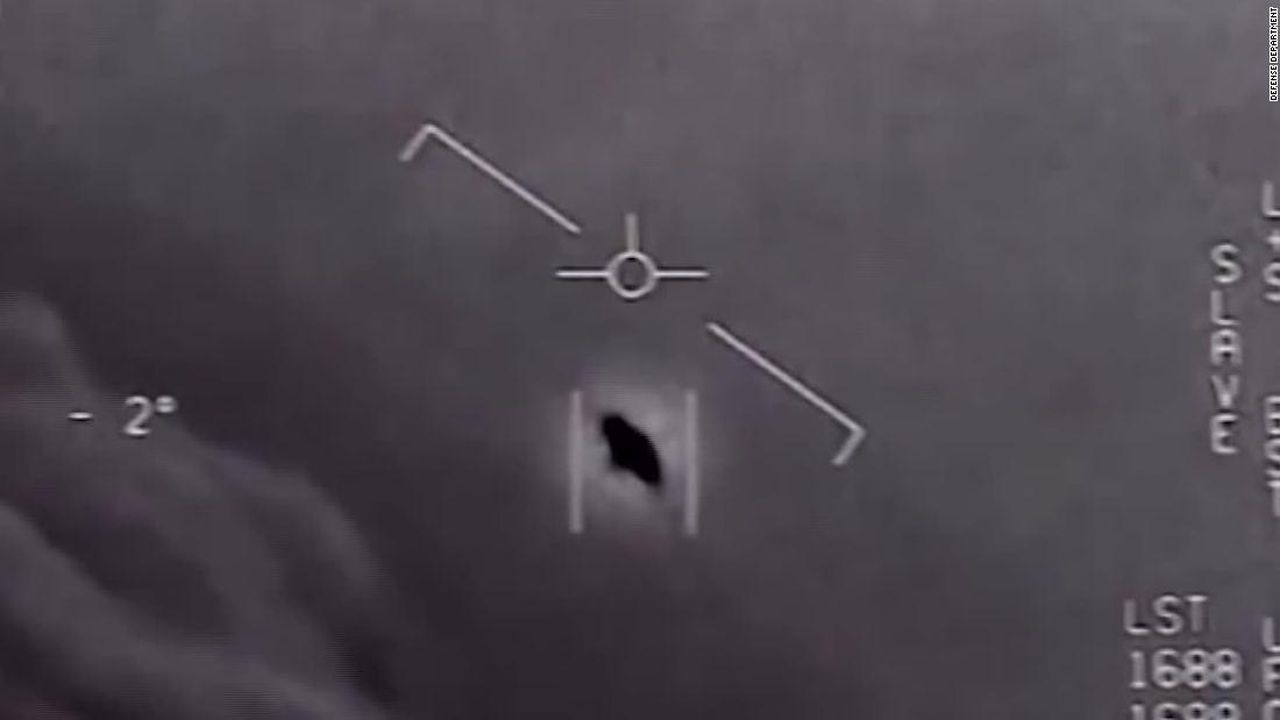Hereâs more on NASAâs dive into understanding Unidentified Anomalous Phenomena
NASA said this week it will take a bigger role in understanding Unidentified Anomalous Phenomena (UAP), as Unidentified Flying Objects (UFOs) are now called by the scientific community. The recommendation to get involved came from an independent study team and NASA Administrator Bill Nelson said the agency would start by appointing a director of UAP research.
Here are six things to know about NASA’s thinking, goals and challenges as it starts to look seriously for strange things out there. The study team’s full report is available here..
• The space agency has traditionally avoided publicly prioritizing the issues around alien spacecraft or possible alien visits to Earth. Instead, it has set its sights on exploring space with trips to the moon, telescopes that show how galaxies are formed and where habitable planets might exist. Now, Nelson has committed NASA to a subject of wide interest known for public cynicism about government statements of what is real.
• Harassment has already been aimed at the 16 people on NASA’s independent study panel. “Some of them actually rose to actual threats,” said Daniel Evans, assistant deputy associate administrator for research in NASA’s science mission directorate. “And yes, that’s in part why we are not splashing the name of our new director out there, because science needs to be free.” After quick criticism of that approach, the agency did an about-face and updated its news release to identify Mark McInermey as the director of UAP research. He was previously NASA’s liaison to the Defense Department on UAPs.
• Independent experts say the greatest challenge in researching possible alien visitors is lack of reliable documentation. The phenomena are usually moving at tremendous speed and recorded on cameras not designed to capture such things. “If I were to summarize in one line what I feel we’ve learned, it’s we need high-quality data,” panel chairman and astrophysicist David Spergel said.
• Nelson wants a “government-wide approach” to collecting UAP data. That could include use of NASA’s Earth-observing satellites and commercial technology. It will likely involve closer cooperation with military resources.
• Artificial Intelligence (AI) and crowd-sourcing will play a big role. They are “essential,” the study team concluded, partly because of the vast datasets involved. NASA says it will engage the public and commercial pilots to make those datasets even bigger and more trustworthy. The panel wants to lessen as quickly as possible the stigma some commercial pilots feel about saying they saw a UAP.
• “There are currently a limited number of high-quality observations of UAP, which currently make it impossible to draw firm scientific conclusions about their nature,” NASA said in a classic “on the one hand/on the other hand” statement. There aren’t many quality observations of UAPs. But there are some.
